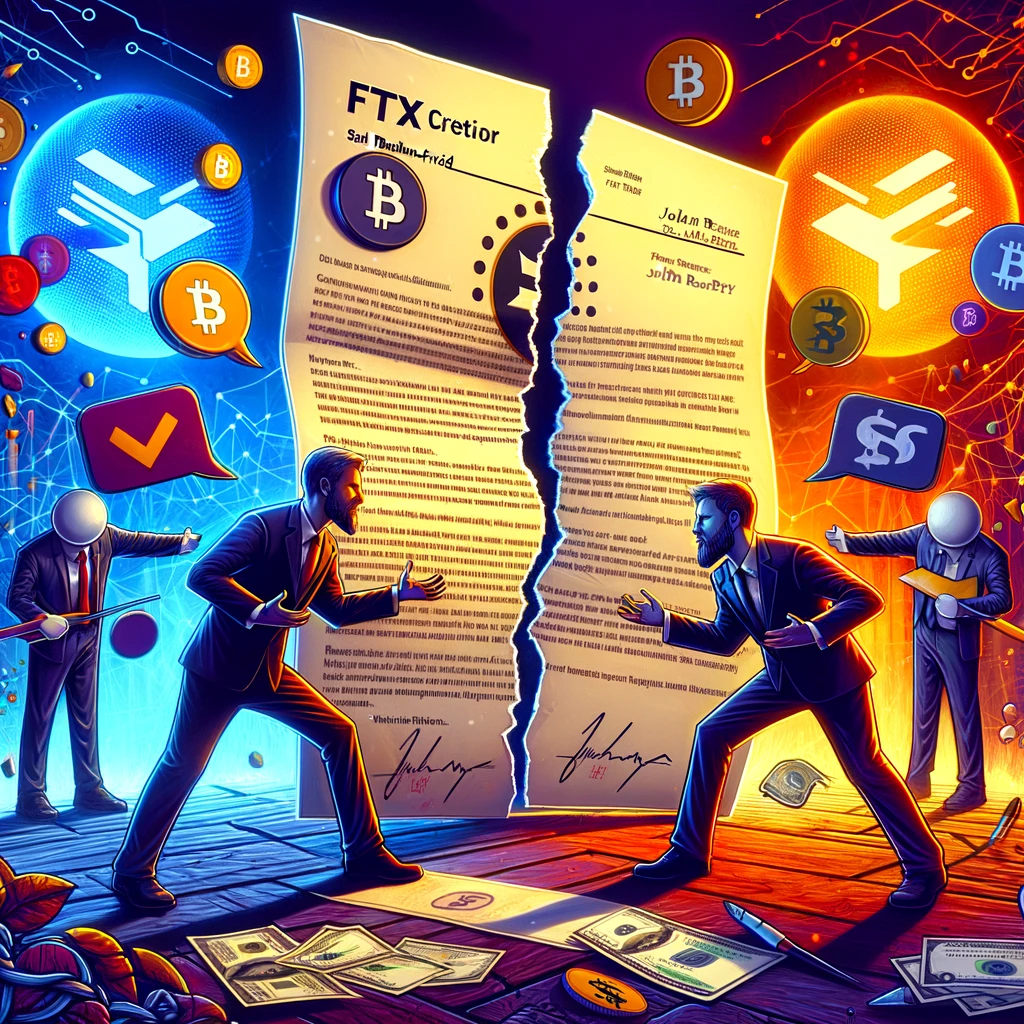As the FTX saga unfolds, it’s turning into a Hollywood-worthy script, minus the popcorn and happy endings. Recently, Sunil, a creditor with a vested interest in FTX, threw a curveball into the mix. According to Sunil, John Ray’s correspondence regarding Sam Bankman-Fried is not just off-base; it’s flying into the realm of fiction. And oh, how the plot thickens.
The Allegations: A Deep Dive
Sunil’s accusations aren’t just grave; they’re seismic in the context of FTX’s meltdown. For starters, the claim that FTX, under new leadership, has been anything but a guardian angel to its creditors is startling. Picture this: Solana, a cryptocurrency with the agility of a greyhound, being offloaded at $60 when the market was batting its eyelashes at $170. And let’s not even get started on the mystifying $1 billion Mysten saga. It’s like selling your umbrella in the midst of a downpour and then wondering why you’re drenched.
But wait, there’s more. When John Ray swaggered into the CEO’s office, FTX had 105 Bitcoins in its digital vault. No small change, right? But what about the 55 million or so Solana tokens? Crickets. It’s like finding out your favorite magician has been hiding more than just rabbits in his hat.
The real kicker, however, is the alleged backdoor left ajar by Alameda, SBF’s other brainchild. This isn’t just a tiny oversight; it’s a gaping hole through which cryptocurrencies could have vanished into the ether, making it impossible for creditors to reclaim their digital treasures. And who was supposedly in on this grand illusion? None other than Sullivan and Cromwell (S&C), according to insider whispers, who apparently were as helpful as a screen door on a submarine in stopping this debacle.
The Counter-Narrative: A Battle of Perspectives
John Ray’s letter, on the other hand, paints a different picture. In it, he dons the cape of the hero, tirelessly working alongside a team of professionals to salvage what remains of the FTX shipwreck. According to him, their efforts have been Herculean, involving governance restructuring and asset protection that could rival Fort Knox’s security. Ray’s narrative suggests that without their intervention, FTX’s assets would be little more than a footnote in the annals of cryptocurrency calamities.
Ray further contends that it’s precisely because of the Chapter 11 proceedings that assets like Solana had the breathing room to bounce back. In his view, the court process has been the lighthouse guiding FTX’s ship away from the rocks, enabling the recovery of assets that now offer a glimmer of hope to creditors.
But here’s where the paths diverge. Sunil and his camp see the situation through a lens tinted with skepticism. They argue that the actions taken have not been in the best interest of FTX’s creditors. Instead, they see a narrative being spun that deflects blame onto external forces and previous management, painting current efforts in a heroic light that perhaps isn’t fully deserved.
At the heart of this dispute is a fundamental disagreement over the path FTX has taken since declaring bankruptcy. On one side, there’s a belief that the new management’s actions have been akin to rearranging deck chairs on the Titanic, with questionable decisions and a lack of transparency about the full scope of assets and liabilities.
On the other, there’s a narrative of a phoenix rising from the ashes, with Ray and his team portrayed as the architects of a miraculous recovery. This story speaks of tireless efforts to right wrongs, chase down culprits, and somehow, against all odds, start making creditors whole again.
